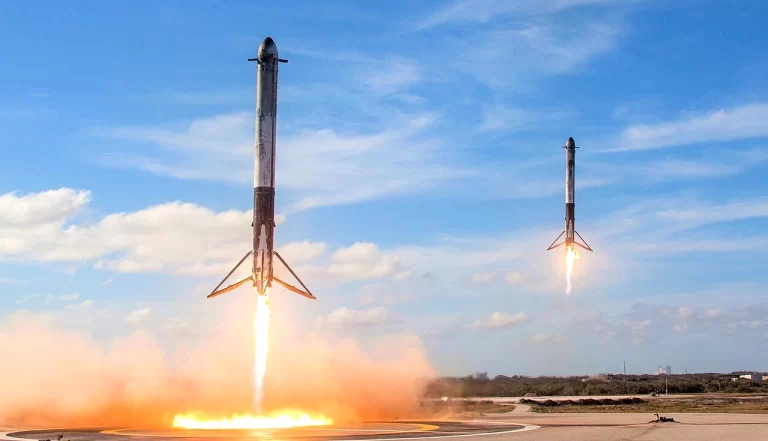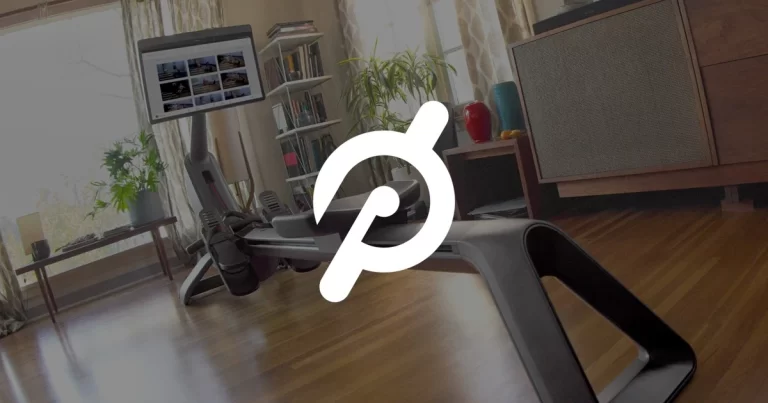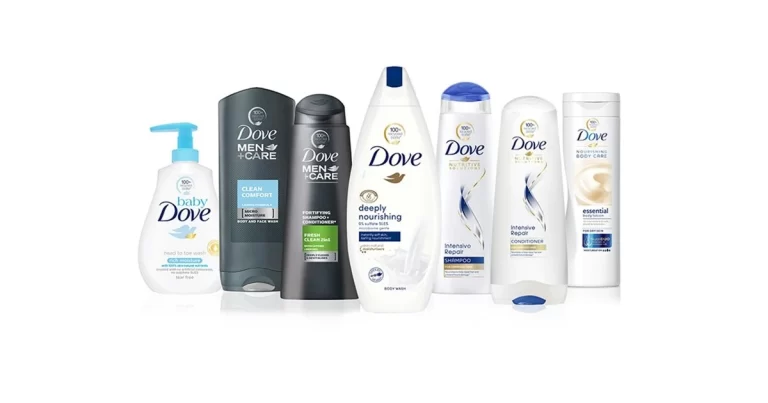The advent of the gig economy and digital platforms has fundamentally changed how people interact with services. Among the leaders in this transformation is Postmates, a company that redefined local delivery by offering restaurant-prepared meals and other goods straight to consumers’ doors. Founded in 2011, Postmates quickly gained traction for its innovative approach to logistics and on-demand delivery. This case study delves into the journey of Postmates, exploring its origins, business model, technological innovations, challenges, and its ultimate acquisition by Uber, highlighting how it became a crucial player in the local delivery ecosystem.
Background: The Birth of Postmates
Founding Vision
Postmates was founded by Bastian Lehmann, Sam Street, and Sean Plaice with a simple but ambitious goal: to enable local deliveries within cities, similar to the way people could hail a ride with a smartphone app. The founders envisioned a world where everything—from restaurant-prepared meals to everyday essentials—could be delivered to consumers at the touch of a button. This vision was driven by the observation that while technology had made global commerce efficient, local commerce was still lagging, and there was a significant opportunity to bridge this gap.
Early Days and Market Entry
Postmates launched its services in San Francisco, a city known for its tech-savvy population and high density of restaurants and retailers, making it an ideal testing ground for the new service. Initially, the platform struggled with logistics, as it required a robust network of couriers and reliable merchant partnerships to fulfill orders efficiently. However, with a few strategic changes, including the introduction of a more intuitive app interface and enhanced courier support, Postmates began gaining popularity among consumers who valued convenience and a wide range of options for local delivery.
Business Model: Creating a Marketplace for Local Delivery
Customer Segment
Postmates primarily targets urban consumers who value convenience and are willing to pay a premium for quick and reliable local delivery services. Its user base includes busy professionals, families, and students, all of whom benefit from the ability to order food, groceries, and other goods from local businesses without leaving their homes or offices.
Merchant Segment
On the supply side, Postmates partners with a wide array of local businesses, including restaurants, grocery stores, pharmacies, and even electronic retailers. For many of these merchants, Postmates provides a valuable channel to reach new customers and increase sales without the overhead costs of maintaining an in-house delivery service. Merchants can also opt for increased visibility on the platform by paying for promotions, which further drives revenue for Postmates.
Courier Segment
Postmates operates a flexible workforce of independent couriers who use their own vehicles to make deliveries. Couriers are paid per delivery, with opportunities to earn more during peak hours and for longer distances. This model, while flexible and scalable, has also been a point of contention due to the classification of couriers as independent contractors rather than employees, leading to legal and regulatory challenges.
Technological Innovations: Building a Seamless Experience
Dynamic Inventory and Merchant Integration
One of Postmates’ significant technological achievements is the dynamic integration with merchant point-of-sale (POS) systems. This integration allows for real-time updates on menu availability, pricing, and estimated preparation times, providing customers with accurate information and reducing the likelihood of cancellations due to out-of-stock items. This level of integration helps differentiate Postmates from competitors who may not have the same depth of real-time data.
Predictive AI and Route Optimization
Postmates utilizes advanced predictive algorithms to optimize the local delivery process. These algorithms consider various factors, including traffic patterns, restaurant preparation times, and courier availability, to determine the most efficient routes and accurate delivery time estimates. This technology not only enhances the customer experience by providing reliable ETAs but also maximizes courier efficiency, reducing idle time and operational costs.
Postmates Unlimited: Subscription-Based Model
In 2016, Postmates introduced a subscription service called Postmates Unlimited, which offers customers unlimited free deliveries on orders over a certain amount for a monthly fee. This service has been instrumental in driving customer loyalty and increasing the average order value, as subscribers are more likely to use the service frequently. This move also helped Postmates stabilize its revenue streams by creating a recurring income model.
Competitive Landscape: Navigating a Crowded Market
Direct Competitors
The local delivery market is highly competitive, with major players like Uber Eats, DoorDash, and Grubhub vying for dominance. Each of these companies has its unique value propositions and market strategies:
- Uber Eats: Leverages its existing ride-sharing infrastructure and vast user base to offer competitive pricing and fast delivery.
- DoorDash: Known for its aggressive expansion and partnerships with popular restaurant chains, DoorDash has quickly become a leader in the U.S. market.
- Grubhub: Focuses on a broader range of restaurants and a more traditional delivery approach, often partnering directly with restaurant chains.
Differentiation Strategy
Postmates has differentiated itself by offering a wider range of delivery options beyond restaurant-prepared meals, including groceries, alcohol, and other retail goods. This breadth of service appeals to a broader demographic, positioning Postmates as a go-to platform for all local delivery needs. Furthermore, Postmates’ emphasis on rapid local delivery within an hour has set a high standard for customer expectations, forcing competitors to adapt similar service levels.
Expansion and Market Penetration
Geographic Expansion
Postmates initially focused on dense urban areas where demand for local delivery was high. As it gained a foothold in these cities, the company expanded to over 3,000 cities across the United States. This rapid expansion was facilitated by its scalable courier network model and partnerships with national chains like McDonald’s and Walgreens.
Strategic Partnerships and Brand Collaborations
To bolster its market presence, Postmates has engaged in several strategic partnerships and brand collaborations. These include exclusive delivery partnerships with popular restaurant chains, promotional deals with consumer brands, and even innovative marketing campaigns like delivering limited-edition products from collaborations with fashion brands and celebrities. These efforts have not only increased Postmates’ visibility but also enhanced its brand image as a trendy and reliable delivery service.
Uber Eats and Postmates Revenue Growth
The delivery segment of Uber, which includes both Uber Eats and Postmates, has experienced robust growth over the past five years. The revenue surged from $4.2 billion in 2019 to an estimated $12.0 billion in 2023. This growth trajectory was significantly accelerated by the COVID-19 pandemic in 2020, which drove a 61% increase in revenue due to heightened demand for food delivery services. Even post-pandemic, the segment continued to grow steadily at around 20% annually, reflecting sustained consumer adoption of local delivery services. Uber’s strategic investments in technology and service diversification have played a crucial role in supporting this expansion, making it a dominant player in the global food delivery market.
Challenges Faced by Postmates
Regulatory and Legal Challenges
The classification of couriers as independent contractors has been a significant point of contention. Postmates, along with other gig economy companies, has faced multiple lawsuits and legislative efforts aimed at reclassifying its workforce as employees. In California, the passage of Assembly Bill 5 (AB5) posed a direct challenge to Postmates’ business model by imposing stricter criteria for classifying workers as independent contractors. While Postmates, along with other companies, lobbied for Proposition 22 to exempt app-based delivery and ride-sharing companies from AB5, the ongoing regulatory scrutiny continues to pose risks.
High Customer Acquisition Costs
The highly competitive nature of the local delivery market has led to intense price wars, with companies offering heavy discounts and promotions to attract and retain customers. This has resulted in high customer acquisition costs, which have strained the profitability of all players in the industry, including Postmates. Despite these challenges, Postmates has managed to maintain a significant market share by continuously innovating and enhancing its service offerings.
Acquisition by Uber: A Strategic Consolidation
Rationale Behind the Acquisition
In July 2020, Uber acquired Postmates for approximately $2.65 billion in an all-stock deal. This acquisition was part of Uber’s strategy to consolidate its position in the U.S. food delivery market and compete more effectively with DoorDash, the market leader at the time. Postmates’ strengths in certain markets, particularly on the West Coast, complemented Uber Eats’ operations, allowing the combined entity to increase market coverage and operational efficiency.
Integration and Synergies
Post-acquisition, Uber has integrated Postmates’ technology and courier network with Uber Eats, creating a more robust platform. The merger has allowed Uber to reduce costs through shared resources and enhanced logistics capabilities, while also providing Postmates users with access to Uber Eats’ extensive restaurant network. This consolidation has strengthened Uber’s competitive position, though challenges such as maintaining brand differentiation and customer loyalty remain.
Impact on the Restaurant and Retail Industry
Enabling Small Business Growth
Postmates has been a critical lifeline for many small businesses, especially during the COVID-19 pandemic. With lockdowns and social distancing measures in place, traditional dining and in-store shopping options were severely limited. Postmates enabled restaurants and retailers to reach customers through local delivery, allowing them to sustain operations and generate revenue during challenging times. The platform has also empowered small businesses to compete with larger chains by providing them with a professional and scalable local delivery infrastructure.
Changing Consumer Behavior
Postmates has significantly influenced consumer behavior by making on-demand local delivery a part of daily life. Consumers have become accustomed to the convenience of ordering anything from a hot meal to a last-minute gift or household item without leaving their homes. This shift has prompted many businesses to reevaluate their service models and prioritize delivery options, leading to a broader transformation in how goods and services are consumed.
Future Outlook: Postmates Under Uber
Expansion of Service Offerings
With the backing of Uber’s resources and infrastructure, Postmates is poised to expand its service offerings beyond food and retail delivery. Potential areas of growth include the delivery of prescription medications, health and wellness products, and even innovative services like the delivery of goods via autonomous vehicles and drones. These developments could further strengthen Postmates’ position as a leader in the local delivery market.
Navigating Regulatory Challenges
As regulations surrounding the gig economy continue to evolve, Postmates and its parent company, Uber, will need to navigate these changes carefully. While the passage of Proposition 22 in California provided some relief, other states and countries are considering similar legislation that could impact the gig economy’s business model. Postmates will need to adapt its operations and possibly rethink its courier relationships to comply with new regulations while maintaining efficiency and profitability.
Enhancing Customer Experience
With competition in the local delivery market showing no signs of slowing down, enhancing the customer experience will be crucial for Postmates. This could involve reducing delivery times further, offering more personalized service options, and leveraging Uber’s technology to improve app functionality and user experience. Additionally, expanding the Postmates Unlimited subscription service could help lock in customer loyalty and create a more predictable revenue stream.
Conclusion
Postmates has made a lasting impact on the local delivery industry, redefining consumer expectations for convenience and speed. From its humble beginnings in San Francisco to becoming a key component of Uber’s delivery ecosystem, Postmates has continually pushed the boundaries of what is possible in local logistics. Despite facing numerous challenges, including regulatory pressures and intense competition, the company has remained a significant player in the market. As part of Uber, Postmates is well-positioned to continue shaping the future of local delivery, expanding its service offerings and innovating to meet the ever-evolving needs of consumers and businesses alike.
This case study highlights the remarkable journey of Postmates, a company that has truly transformed the local delivery landscape by combining technology, innovative business practices, and a commitment to customer satisfaction. The story of Postmates serves as an inspiring example of how vision, perseverance, and adaptability can disrupt traditional markets and create new opportunities for growth and success.



